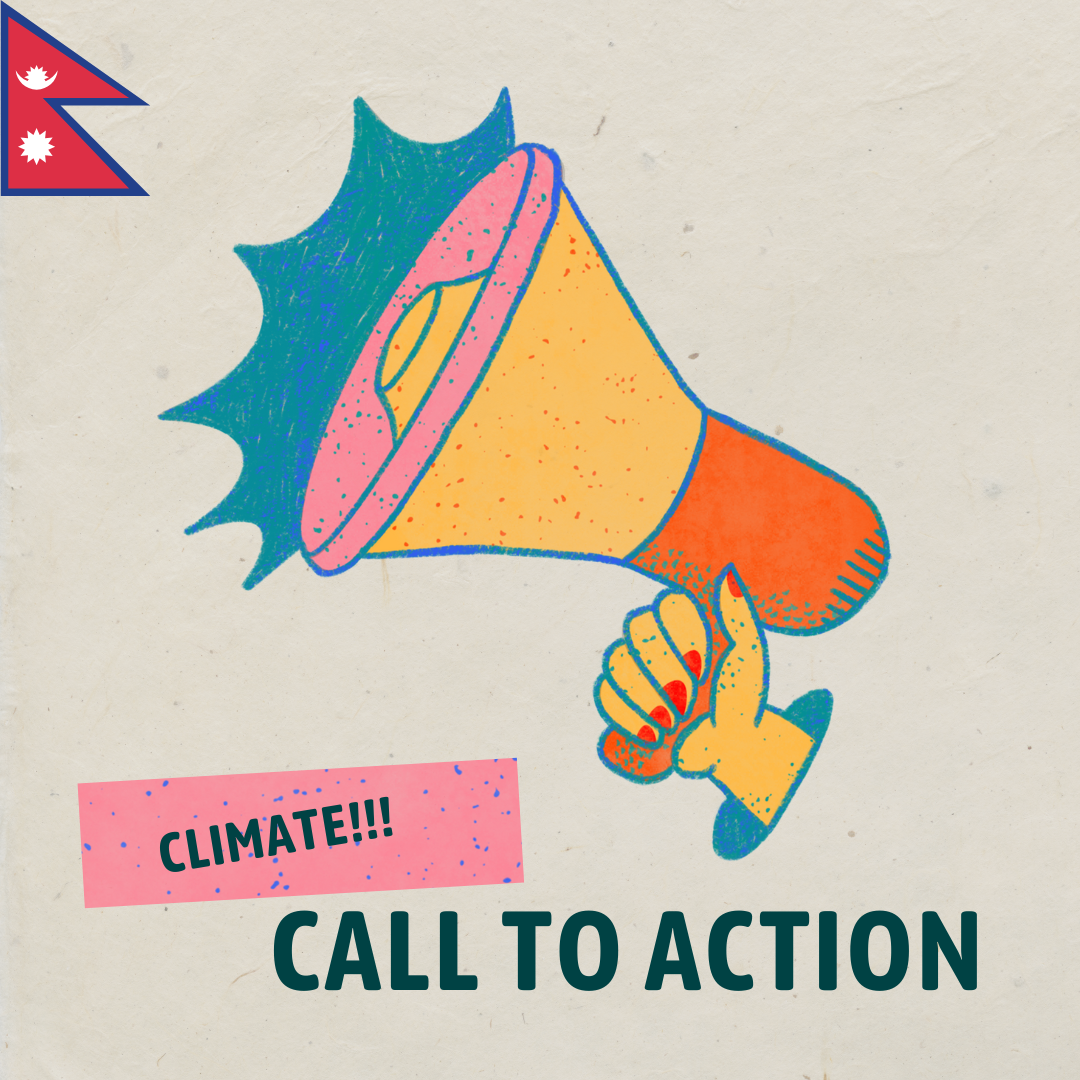
In recent years, climate change has shifted from being a distant threat to a harsh reality, directly impacting communities across Nepal. With every flood, drought, and glacial melt, it becomes more evident that adaptation strategies are essential to Nepal’s survival. A promising approach, Locally-Led Adaptation (LLA), has emerged, centering communities in the design and implementation of climate solutions tailored to their unique vulnerabilities, resources, and needs.
The importance of LLA lies in its understanding that communities on the frontlines of climate change hold unparalleled insights into their ecosystems, traditions, and social structures. By placing decision-making power in their hands, LLA fosters solutions that are not only contextually relevant but also resilient to the rapidly changing climate. Globally, LLA is becoming a vital pillar of climate adaptation, prioritizing justice, inclusivity, and sustainability.
Nepal’s Local Adaptation Plan of Action (LAPA) is a prominent example of LLA in action. Designed to incorporate community voices in climate adaptation processes, LAPA has been instrumental in ensuring that adaptation efforts respond to local needs rather than imposing top-down solutions. However, to gain wider recognition on the international stage especially at the UNFCCC Conference of the Parties (COP), LLA must be recognized as a core element of the Global Goal on Adaptation (GGA). Elevating LLA within the COP agenda can ensure that adaptation policies consider the voices and experiences of communities disproportionately impacted by climate change, such as those in Nepal.
Globally, LLA directly addresses the need for adaptation measures that are both scientifically robust and rooted in social context. The principles of LLA guide efforts to establish community leadership, foster inclusivity, and build flexibility into adaptation projects. For example, LLA emphasizes respecting local knowledge, building equitable partnerships, ensuring inclusivity, and promoting gender responsiveness, all of which are crucial for adaptation strategies that genuinely empower marginalized communities. Nepal’s experience with LAPA, however, has also revealed certain challenges, particularly in governance structures and oversight.
In Nepal, a critical shortfall in the LLA approach has been governance. Although LAPA was initially envisioned as a community-centered process, its implementation faced barriers in sustained engagement, funding, and policy continuity. Limited governance frameworks meant that many LLA initiatives remained isolated from government support and lacked accountability, affecting their scalability and integration with broader adaptation and development goals. This gap highlights the need for stronger governance mechanisms to support community-driven adaptation efforts.
For LLA to succeed, both in Nepal and globally, we must reframe it through a justice-centered lens. True LLA extends beyond including local voices; it must actively address systemic inequities and grant communities’ real power over adaptation planning and resources. Such a justice-centered approach means prioritizing adaptation efforts that serve those most affected by climate impacts, especially marginalized groups who are often excluded from decision-making processes. LLA’s evolving narrative underscores that climate adaptation is not a one-size-fits-all solution. Equitable governance is essential for LLA to flourish.
To meet global climate goals, LLA should be recognized as a cornerstone of the GGA. By placing LLA at the heart of adaptation frameworks, we can ensure that climate policies are responsive, equitable, and sustainable. Our country, Nepal, has been the pioneer in preparing LAPA, so we must champion the learnings of LLA and advocate for its inclusion in the global process. We need to showcase LLA as a model within the GGA and influence international climate dialogues to adopt this community-centered approach.